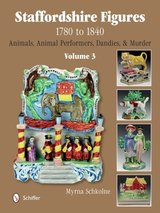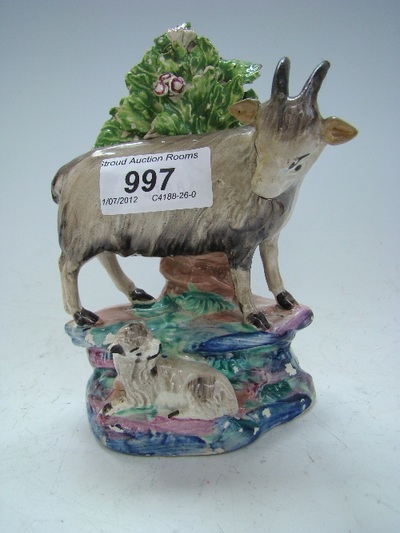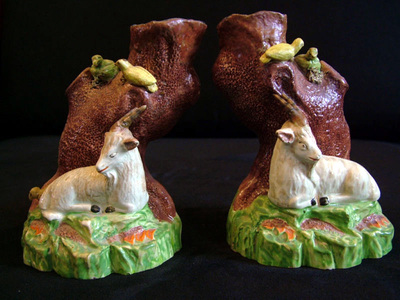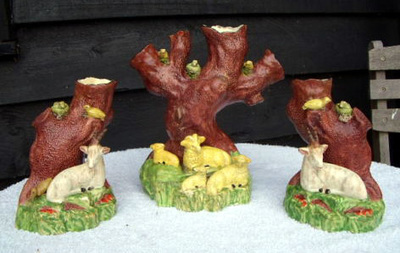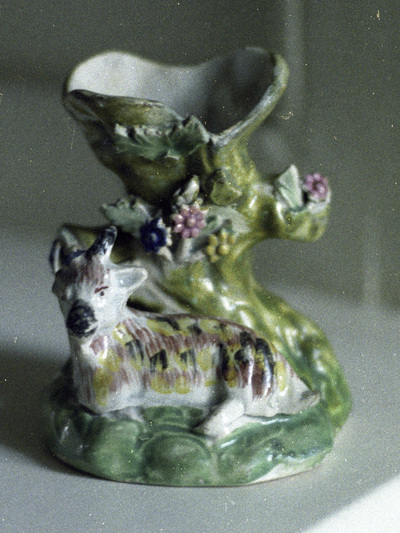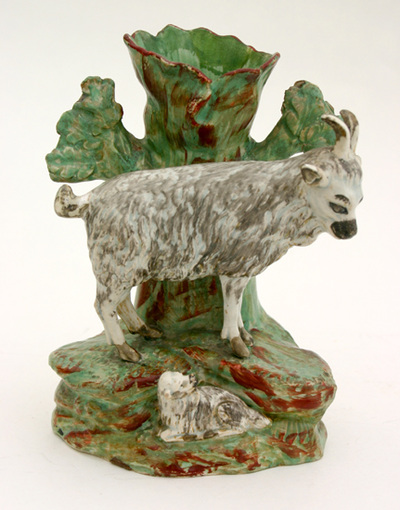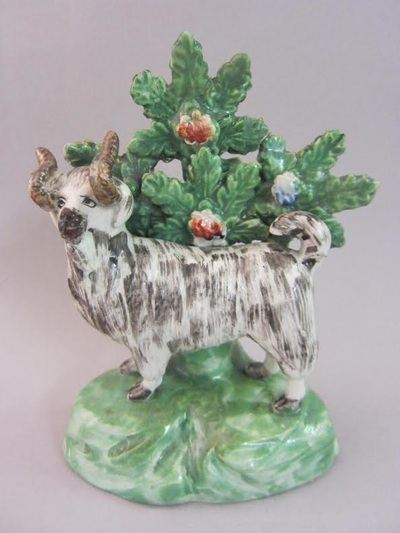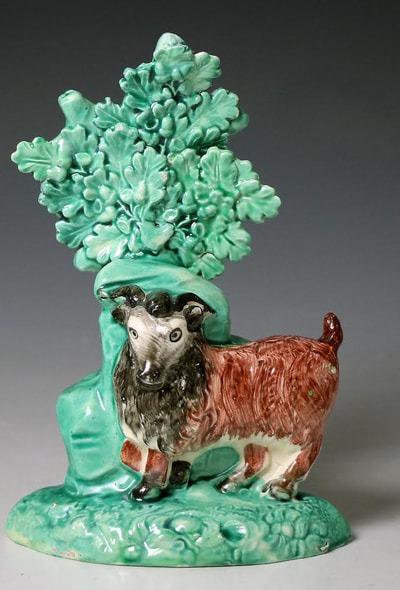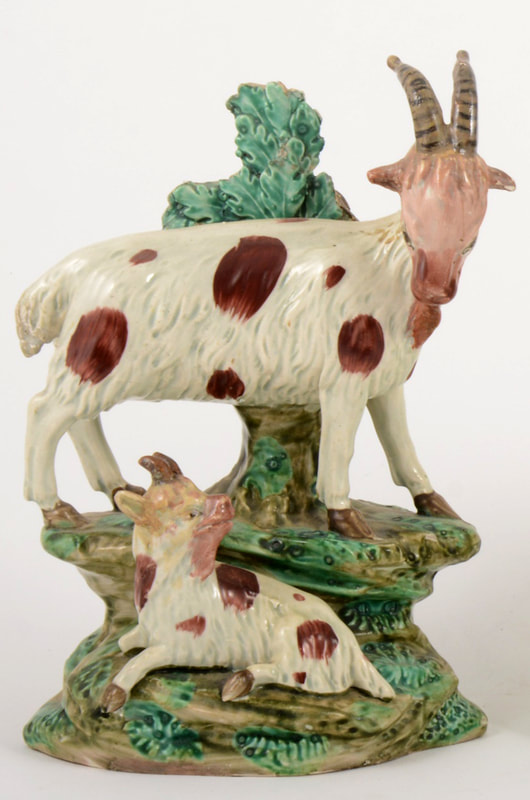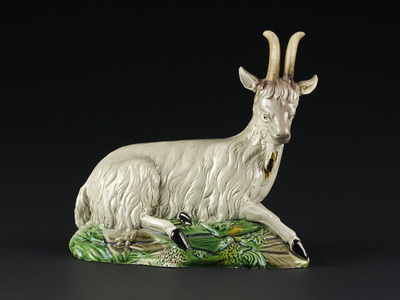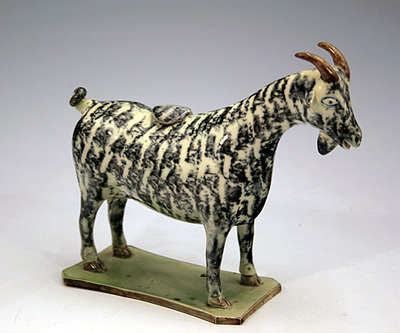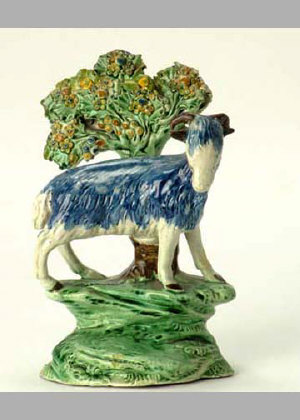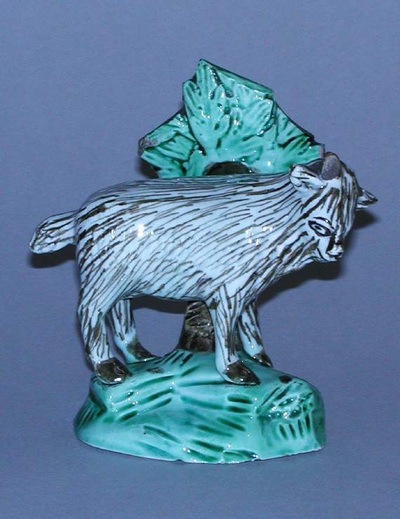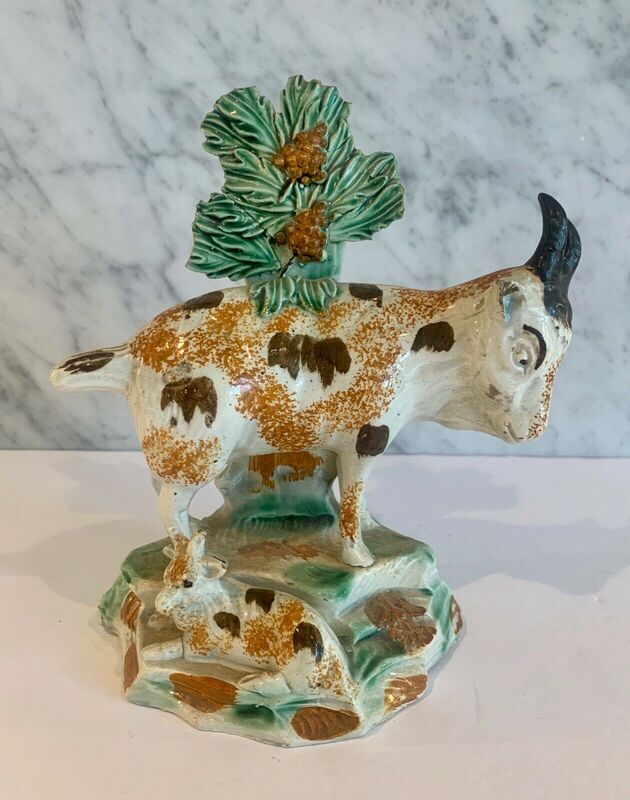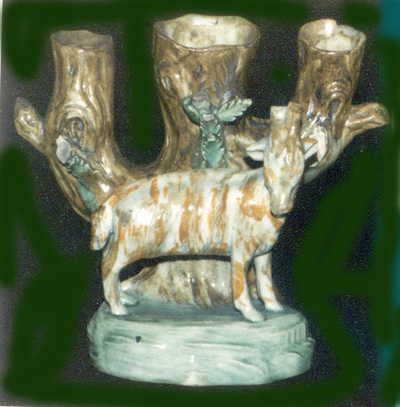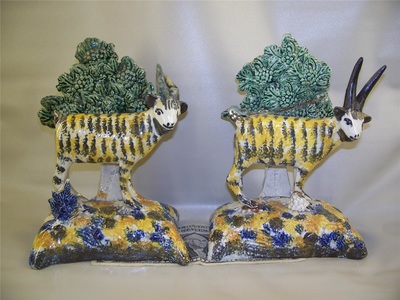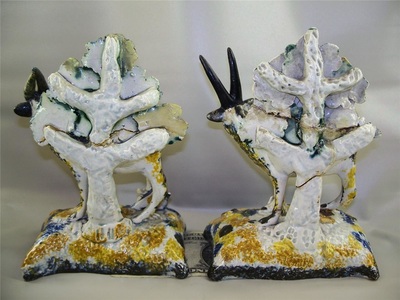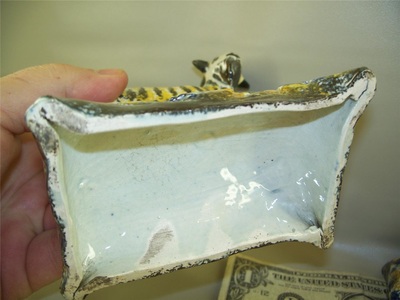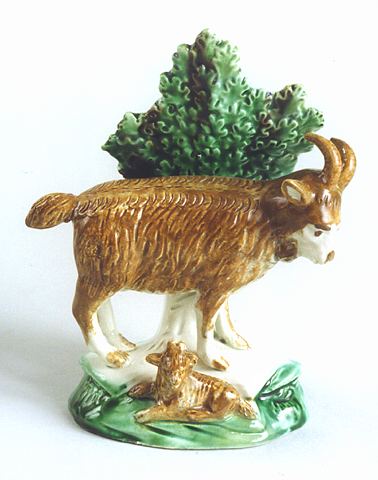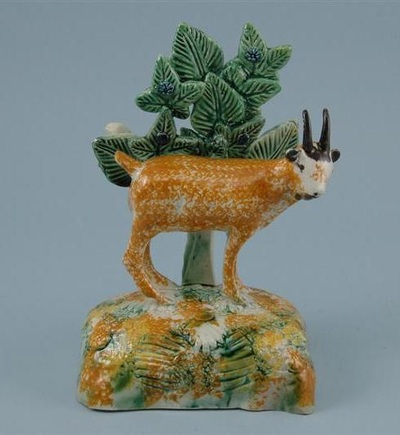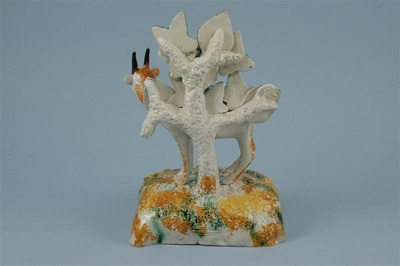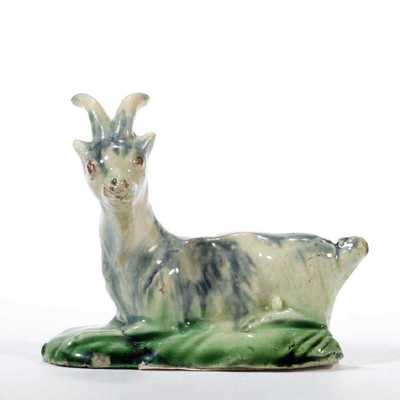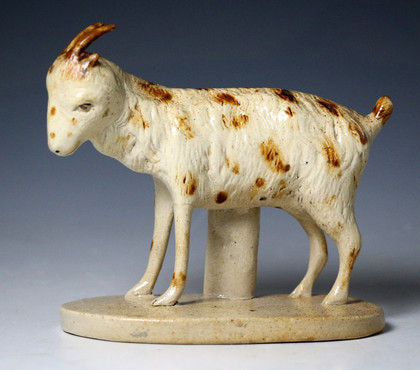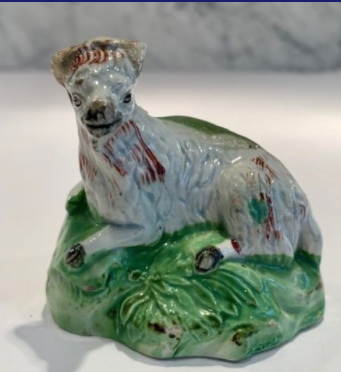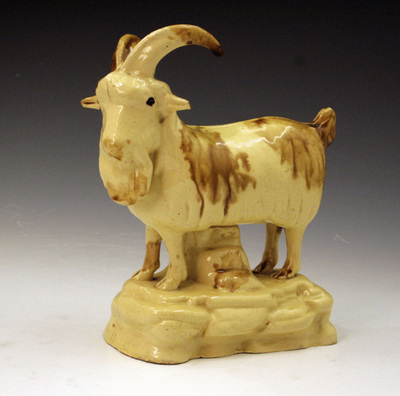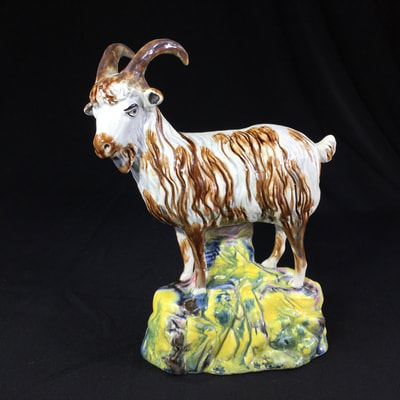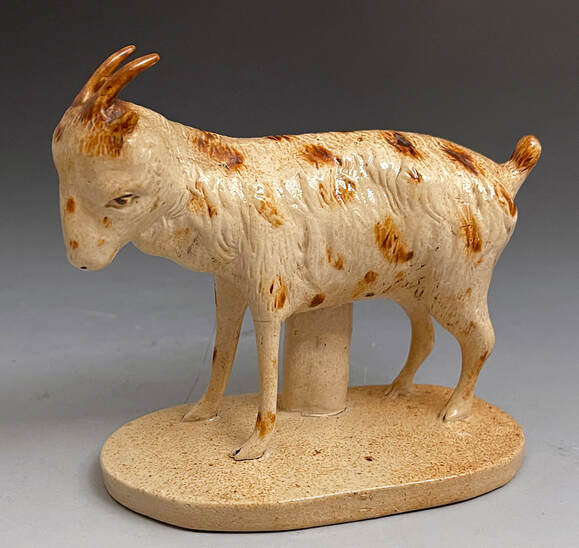- Home
- Vol. 1
-
Vol. 2
- 31. Equestrians
- 32. Turks and Other Fairground Entertainers
-
33-60. Literature & Theater
>
- 33. Anthony and Cleopatra
- 34. Ophelia
- 35. Falstaff
- 36. Doctor Syntax
- 37. Tam O'Shanter and Souter Johnny
- 38. Charlotte at the Tomb of Werther
- 39. Cymon & Iphigenia
- 40. Grecian Daughter
- 43. Hudibras
- 44. Jobson and Nell
- 48. Little Jockey
- 49. Maria Malibran
- 50. Broom Lady
- 51. Paul Pry
- 53. Sam Swipes
- 52. Lubin Log
- 54. Van Dunder
- 55. Billy Waters and Douglas
- 57. Robinson Crusoe
- 58. Dick Turpin
- 60. Other Theatrical Figures.
- 61 - 63. Patriotic Themes >
- 64 - 78. Important People >
- 79. Sailors & Soldiers
- 80. Slavery
- 81 - 84. Sports >
-
85 - 110. Bible and Religion
>
- 85. Abraham Offering Isaac
- 89. Crucifixion
- 90. Elijah & the Widow
- 91. Eve
- 92. Faith, Hope, and Charity
- 93. Flight & Return
- 95. King David
- 96. Parable of the Lost Coin
- 97. Parable of the Lost Sheep
- 98. Parable of the Wise and Foolish Virgin
- 99. Sacrifice at Lystra
- 100. Peter Restoring the Lame Man
- 102. Other Saints: Andrew, Philip, Emanuel, Lucy, Sebastian, Barbara, John the Baptist, Anne
- 103. Saints Matthew, Mark, Luke, and John
- 104. Saint Paul
- 107. Virgin Mary
- 108. Tithe Pig
- 109. Religious Officials and Observers
-
Vol. 3
- 111-112. Animal Entertainment >
-
113-132. Animals
>
- 113. Birds
- 114. Birds with People
- 115. Camels
- 116. Cats
- 117. Cats with People
- 118. Cows
- 119. Deer
- 120. Dogs
- 121. Dogs with People
- 122. Elephants
- 123. Foxes
- 124. Goats
- 125. Horses & Donkeys
- 126. Lions etc.
- 127. Mice
- 128. Mythological Animals
- 129. Other Animals
- 130. Rabbits &Hares
- 131. Sheep
- 132. Squirrels
- 133. Dandies
- 134-137. Death and Murder >
-
Vol. 4
- 138-147. Family, Friendship, & Play >
- 148. Temperance
- 149. Buildings
- 150. Mansion House Dwarves
- 151. Roger Giles
- 152. The Welsh Tailor and his Wife
- 153. Elements
- 154. Quarters of the Globe
- 155. Seasons
-
156-195. Classical Subjects
>
- 156. Aesculapius
- 159. Apollo
- 160. Atlas
- 161. Ariadne
- 162. Bacchus
- 163. Bacchus and Ariadne
- 166. Ceres
- 167. Cupid and Psyche
- 169. Diana
- 171. Flora and Pomona
- 172. Fortitude and Prudence
- 173. Ganymede
- 175. Hygeia
- 176. Jason and Medea
- 177. Jupiter and Juno
- 180. Liberty
- 181. Lucretia
- 182. Mars
- 183. Melpomeme & Thalia
- 184. Mercury
- 185. Metis
- 186. Minerva
- 188. Peace
- 191. TIme
- 193. Urania
- 194. Venus and Neptune
- 195. Other Classical Figures
- 196. Chariots
- 197. Cherubs
- 198. People Resting on Plinths
- 199. Miscellaneous
- 200. Busts
Hover your mouse over small images to read their captions. Click images to enlarge.
Enamel-painted figures
Figures Decorated with Underglaze Colors and with Colored Glazes
Scottish goats
Goats such as the two below are known to be Scottish and are now thought to have been made at the Gordons' Pottery, Prestonpans. A mold for such a goat survives and is in the National Museum of Scotland. Please also see Vol. 2 of the book for a similar goat with Paul Pry astride.
Goats such as the two below are known to be Scottish and are now thought to have been made at the Gordons' Pottery, Prestonpans. A mold for such a goat survives and is in the National Museum of Scotland. Please also see Vol. 2 of the book for a similar goat with Paul Pry astride.
